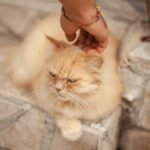Black cats have been a part of human folklore and mythology for centuries, eliciting both fear and fascination. Their sleek, mysterious appearance makes them a captivating subject of superstition, often linked to themes of luck, magic, and the supernatural. This article explores the complex history of black cats as symbols of both fortune and misfortune, unraveling the multifaceted relationships humans have had with these enigmatic creatures.
Ancient Egyptian Reverence
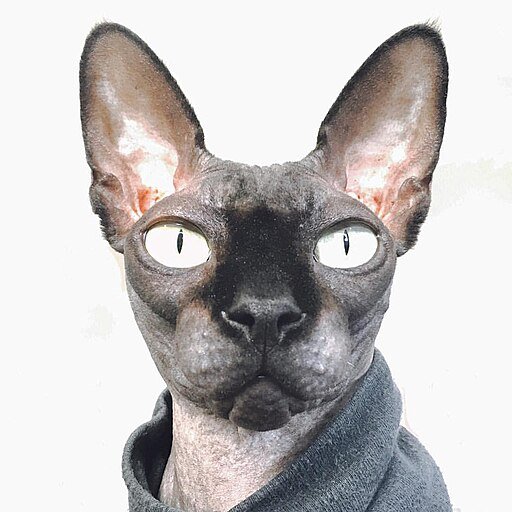
In ancient Egypt, cats were revered and protected under law, with the goddess Bastet often depicted as a lioness or a woman with a cat’s head. Black cats, like all felines, were seen as sacred animals, thought to bring good fortune and protection to homes. The death of a cat was mourned by the entire household, and harming a cat, black or otherwise, was punishable by death.
Medieval Associations with Witchcraft
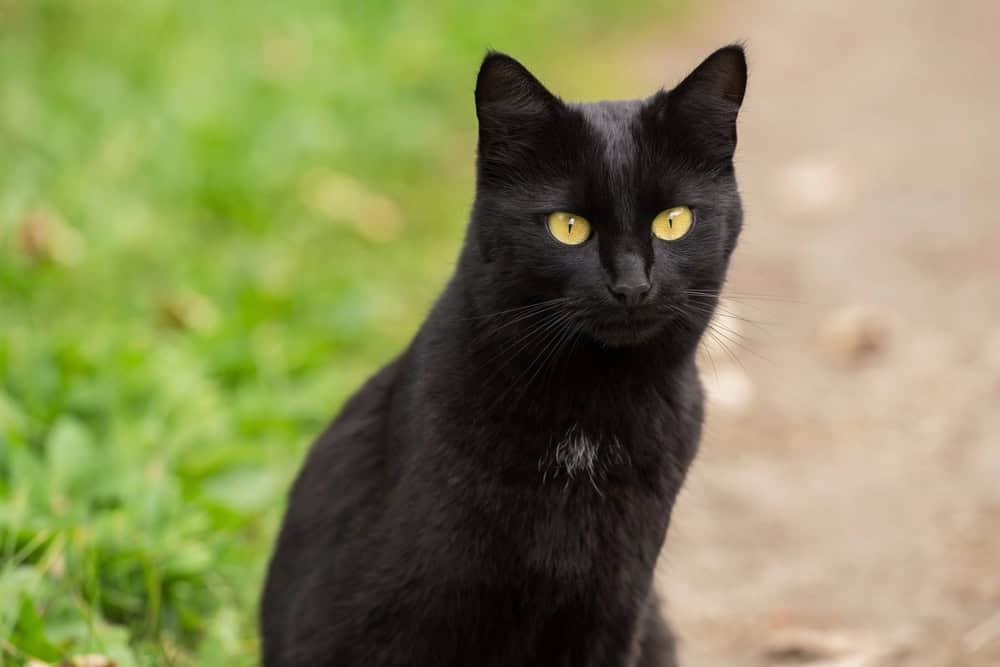
During the Middle Ages, the cultural perception of black cats began to shift dramatically in Europe. Black cats were frequently associated with witchcraft and devilry, as the color black was linked to dark magic and evil spirits. They were often thought to be witches’ familiars or even witches themselves in disguise, contributing to their reputation as omens of misfortune.
Superstitions Across Europe
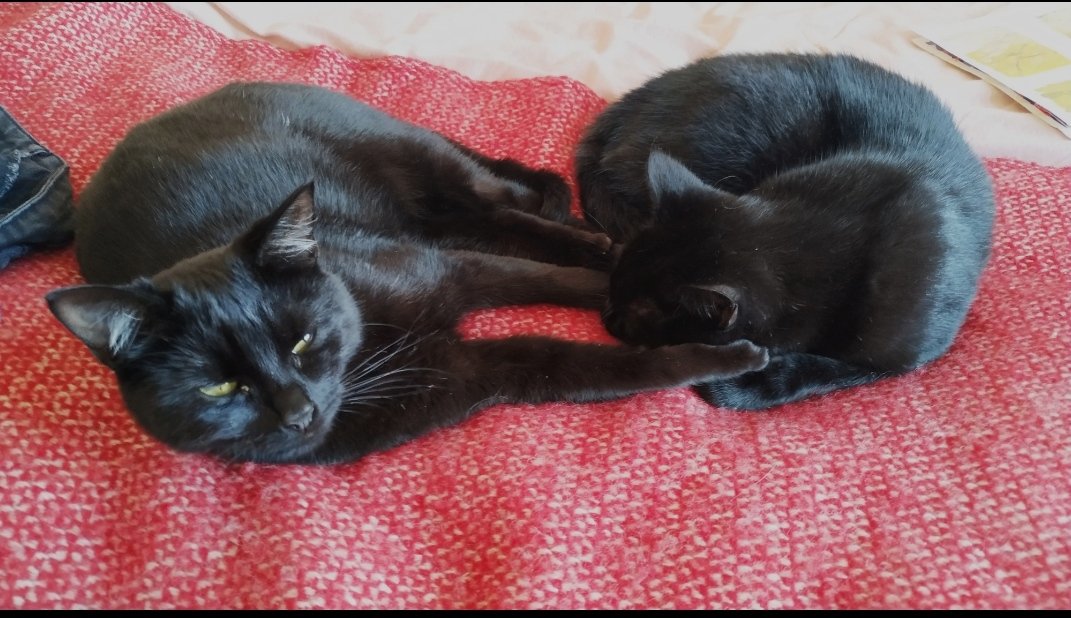
Superstitions surrounding black cats varied significantly across different European cultures. In parts of England and Scotland, a black cat crossing your path was considered to bring good luck, while in other regions, it signaled impending bad luck. Sailors often considered a black cat on board as a harbinger of a successful voyage, indicating that these beliefs were not universally negative.
American Folklore and Halloween
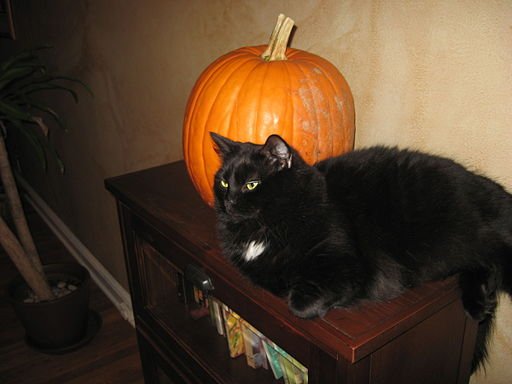
In American culture, black cats became strongly tied to the holiday of Halloween. Their historical association with witches and the supernatural made them popular symbols of the spooky and mysterious nature of the holiday. This connection further perpetuated the myth of black cats as ominous beasts, especially during colonial times when fear of witchcraft was widespread.
Black Cats in Literature and Popular Culture
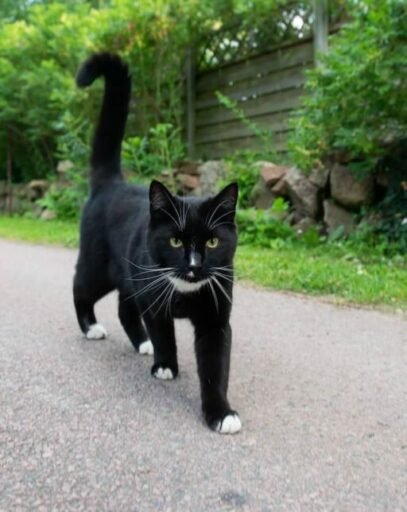
Literature and media have played significant roles in shaping perceptions of black cats. From Edgar Allan Poe’s short story “The Black Cat” to modern films like “Hocus Pocus” and animated series such as “Sabrina the Teenage Witch,” these felines have been depicted both as harbingers of doom and misunderstood creatures deserving of sympathy. These portrayals highlight the tension between fear and fascination in public consciousness.
Contemporary Views and Advocacy
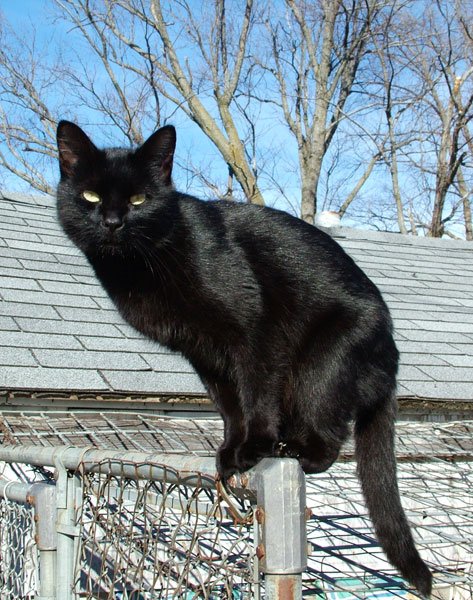
Today, many animal rights organizations work hard to dispel superstitions about black cats and promote their adoption. Shelters often report that black cats are less likely to be adopted, partly due to lingering negative perceptions. Advocacy groups emphasize the loving and friendly nature of black cats, encouraging pet lovers to look beyond myths and adopt these charismatic animals.
Black Cats as Symbols of Luck in Global Cultures

Not all cultures see black cats in a negative light; in Japan and parts of the UK, black cats are often considered good luck. In Japanese culture, a black Maneki-neko (beckoning cat) is said to ward off evil spirits. Additionally, brides in parts of the UK might receive a black cat as a wedding gift to bring good fortune and happiness.
Scientific Perspectives on Superstitions
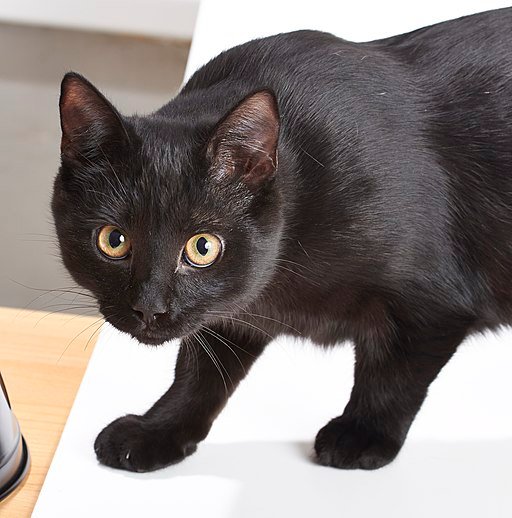
From a scientific standpoint, superstitions about black cats largely stem from human psychology and cultural history rather than any inherent qualities in the animals themselves. The brain’s tendency to recognize patterns and seek out stories to explain events can perpetuate the belief in omens, while cultural narratives further cement these ideas over generations.
Conclusion: Embracing the Mystery of Black Cats
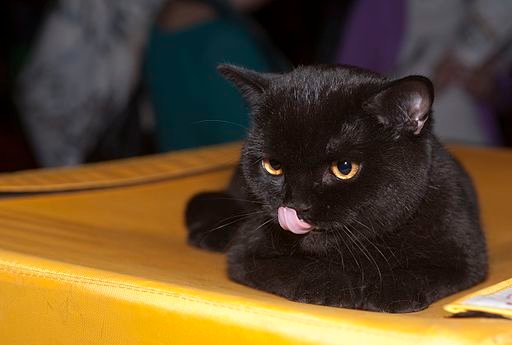
The history of black cats as symbols of luck and misfortune illustrates the broader human interaction with myth, nature, and cultural beliefs. By understanding the origins of these superstitions, we can better embrace black cats as they truly are: mysterious, beautiful creatures deserving of love and respect. As we continue to unravel the myths surrounding them, we also celebrate the diverse meanings they bring to different cultures and individuals.



